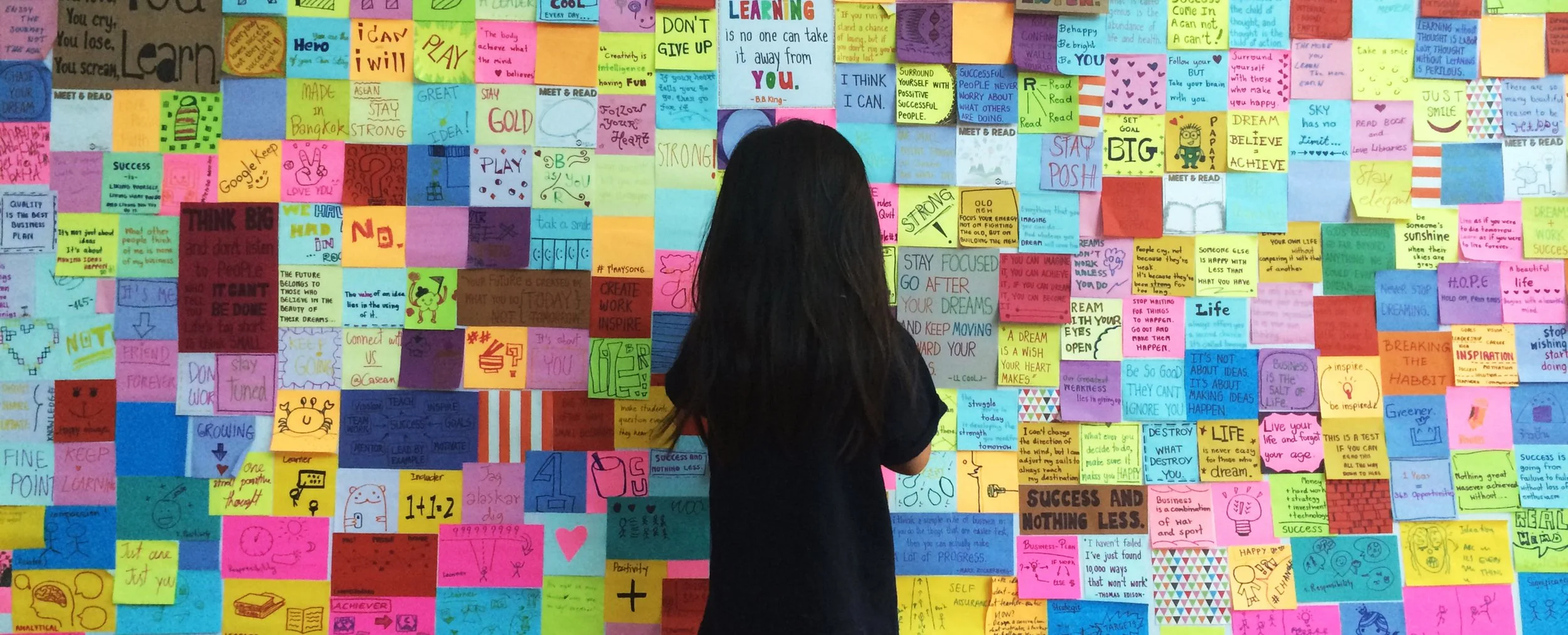Gaming in Education Holds Power for Student Learning
/Three Ways to use Games in Education
Douglas Kiang, EdTechTeacher instructor and educator at Punahou School in Hawaii, views three distinct ways in which educators can leverage the power of games in their classrooms. First, teachers can use games as a way to present a controlled subset of reality. Remember the game Oregon Trail? Millions of school children discovered the hardships of westward expansion, learned geography, and died of dysentery along the way. However, by immersing themselves in the environment, students gained a personal experience with a historical event. The ability to control variables provides tremendous value in these simulation based games. Teachers can create immersive environments using digital tools such as Minecraft, or create a physical situation as demonstrated by Michael Matera's Athens vs Sparta live debate.
Douglas also challenges educators to leverage the power of game dynamics, even if their students do not actually play games. Great pedagogy (like great games) share a number of commonalities. Many people think of badging with gamification. As students complete tasks, they earn extrinsic rewards much like they may gain points on a test, quiz, or assignment. However, gaming also presents an opportunity for more intrinsic rewards as students engage in an opportunity that they truly care about. Within a gaming context, students decide how they can be successful and then employ those new strategies in order to master new skills. Think about the student who does not appear to persevere when struggling with math problems, but spends hours honing their soccer skills or constructing new worlds within a game.



















